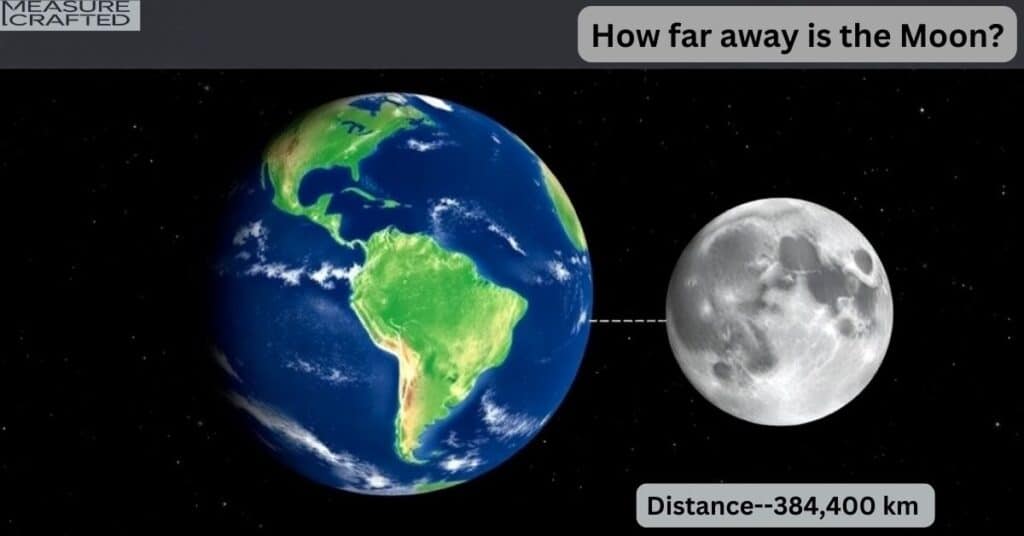The Moon, our only natural satellite, has captivated curiosity, science, and exploration for ages. A deceptively simple question, “How far away is the Moon?” leads into a world of marvelous complications.
This blog dives deep into the Earth-Moon distance, exploring its variation, measurement techniques, and significance. Let us uncover the celestial dance between the Earth and its luminous neighbor.
How Far Away Is the Moon from Earth?
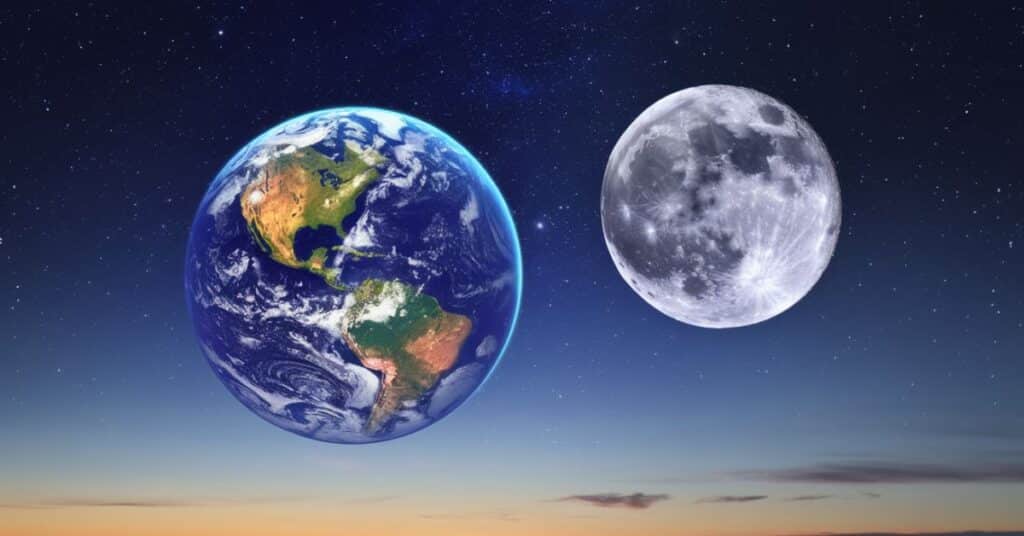
The average distance between the Earth and the Moon is approximately 384,400 km (238,855 miles). This widely cited value represents an average because the Moon’s orbit is not a perfect circle but an elliptical orbit.
The eccentricity of this orbit, approximately 0.0549, causes the Moon’s distance from Earth to vary. At its closest point (perigee), it is about 363,104 km (225,623 miles) away, while at its farthest point (apogee), it is approximately 405,696 km (252,088 miles) away.
Dive deeper into the topic, 15 Common Things That Are 5 Feet Long
Key Measurements of the Moon’s Orbit
| Term | Distance (km) | Distance (miles) | Description |
|---|---|---|---|
| Apogee | 405,696 | 252,088 | The Moon’s farthest point from Earth. |
| Perigee | 363,104 | 225,623 | The Moon’s closest point to Earth. |
| Average Distance | 384,400 | 238,855 | Mean distance over one orbital cycle. |
Understanding these variations is vital for astronomical measurements, optimizing satellite placements, and studying the gravitational forces influencing Earth and the Moon.
These measurements also play a critical role in understanding phenomena like tides, eclipses, and the mechanics of the Earth-Moon system.
The Moon’s Distance in Light Units
To better understand celestial distances, astronomers often measure them in terms of the speed of light. Light travels at an astonishing 299,792 kilometers per second (186,282 miles per second) in a vacuum. Using this measurement:
- Light takes approximately 1.3 seconds to travel from the Moon to Earth.
- This delay allows astronomers to calculate the Earth-Moon distance with incredible precision.
Fun Fact: The Lunar Laser Ranging Experiment, initiated during the Apollo missions, uses retroreflectors left on the Moon to measure its distance using laser pulses.
The Moon’s Elliptical Orbit
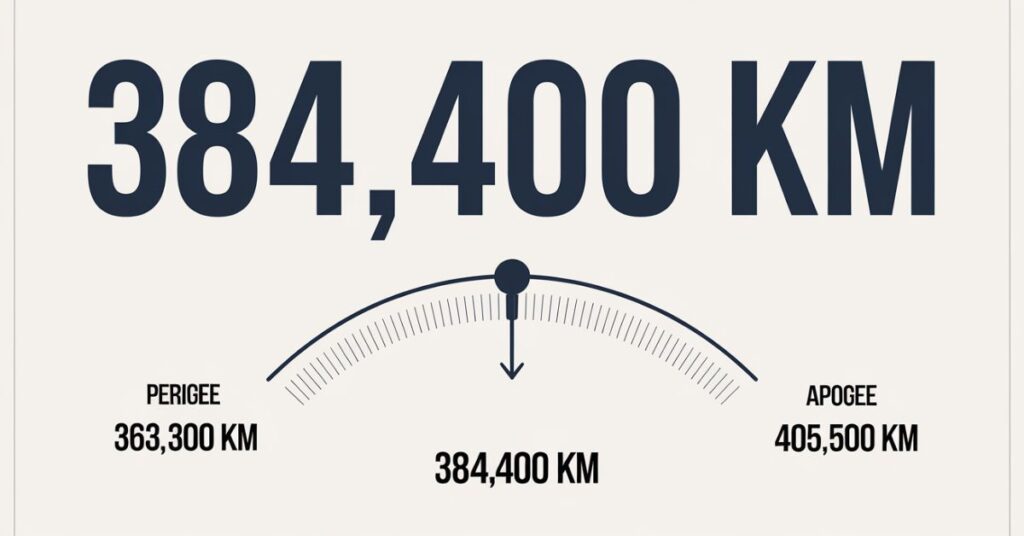
The Moon’s orbit around Earth is not a perfect circle but an elliptical orbit, meaning its distance from Earth varies throughout its cycle. This elliptical shape leads to two key extremes:
- Apogee: The point where it is farthest from Earth.
- Perigee: The point where it is closest to Earth.
These variations influence observable phenomena, such as the supermoon and micromoon:
- Supermoon: Occurs when the full Moon is near perigee, appearing up to 14% larger and 30% brighter than usual.
- Micromoon: Occurs when the full Moon is near apogee, making it appear smaller and dimmer than usual.
Visual Representation of the Moon’s Orbit:
Below is a simplified comparison of the Moon’s elliptical orbit showing apogee and perigee distances:
| Term | Distance (miles) | Appearance |
|---|---|---|
| Apogee | 252,088 | Smaller and dimmer |
| Perigee | 225,623 | Larger and brighter |
How the Moon’s Distance Affects Earth
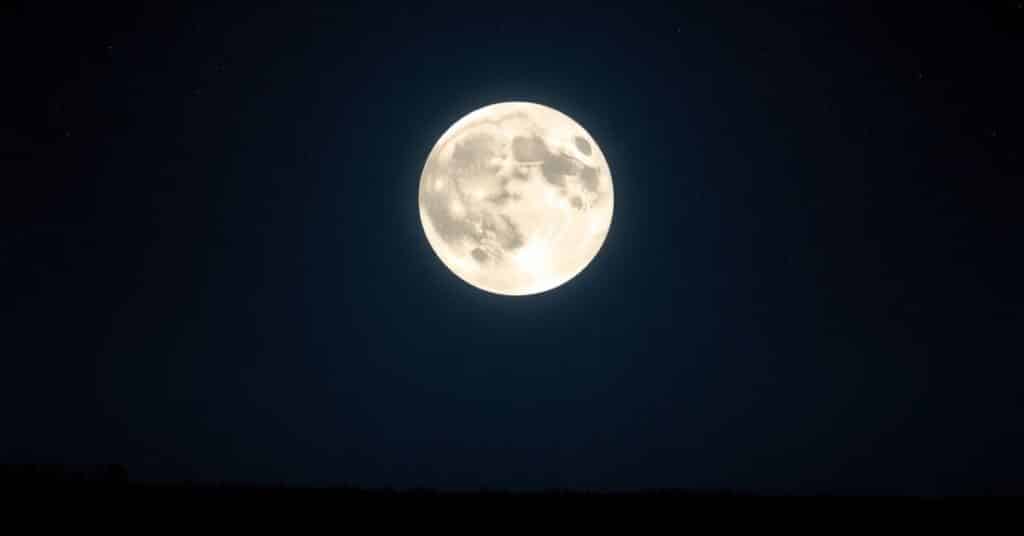
Below is an exploration of how the Moon’s distance influences Earth, from its immediate effects on tides to its long term impacts on our planet’s dynamics.
Excited about, How Big is Chicago? Explore the City’s Dimensions and Charm
Impact on Tides
The Moon’s gravitational pull plays a critical role in shaping Earth’s tides. This pull creates two main tidal bulges:
- one on the side of Earth facing the Moon
- other on the opposite side due to inertia.
As Earth rotates, these bulges result in high and low tides.The Moon’s elliptical orbit further influences the strength and type of tides:
- During apogee (when it is farthest from Earth), the gravitational force is weaker, leading to neap tides.
- During perigee (when it is closest to Earth), the gravitational force is stronger, amplifying the effects of spring tides.
Tide Types and Their Effects:
| Tide Type | Description | Effect |
|---|---|---|
| Spring Tide | Occurs when the Sun, Moon, and Earth align during full or new moons, amplifying tidal forces. | Higher high tides and lower low tides. |
| Neap Tide | Occurs when the Moon and Sun are at right angles relative to Earth, reducing tidal forces. | Lower high tides and higher low tides. |
Get more insights, Discover Florida: Dimensions, Fun Facts, and Everything
Long Term Impacts
It is moving away from Earth at an average rate of 3.8 cm (1.5 inches) per year, a change that subtly influences our planet over time:
- Length of Earth’s Days: As it moves farther, Earth’s rotation slows due to tidal friction. Over millions of years, this means days on Earth will become slightly longer.
- Stability of Earth’s Axial Tilt: The Moon stabilizes Earth’s tilt, which affects seasons and climate. Its gradual drift could reduce this stabilizing effect in the far future.
- Total Solar Eclipses: As the Moon’s apparent size decreases with distance, total solar eclipses will eventually become impossible, leaving only partial or annular eclipses.
These changes, though gradual, highlight the evolving nature of the Earth-Moon relationship and its subtle impact on our planet.
How Long Would It Take to Travel to the Moon?
The time it takes to reach the Moon depends on the mode of travel and the technology used. Here is a comparison of different methods:
| Method | Travel Time | Description |
|---|---|---|
| Apollo Missions | ~3 days | The fastest human missions to the Moon, such as Apollo 11. |
| SMART-1 | ~13.5 months | ESA’s spacecraft with an ion propulsion system, much slower. |
| Driving at 60 mph | ~6 months | A hypothetical, impractical road trip if a road existed. |
The Moon’s Orbit Around Earth
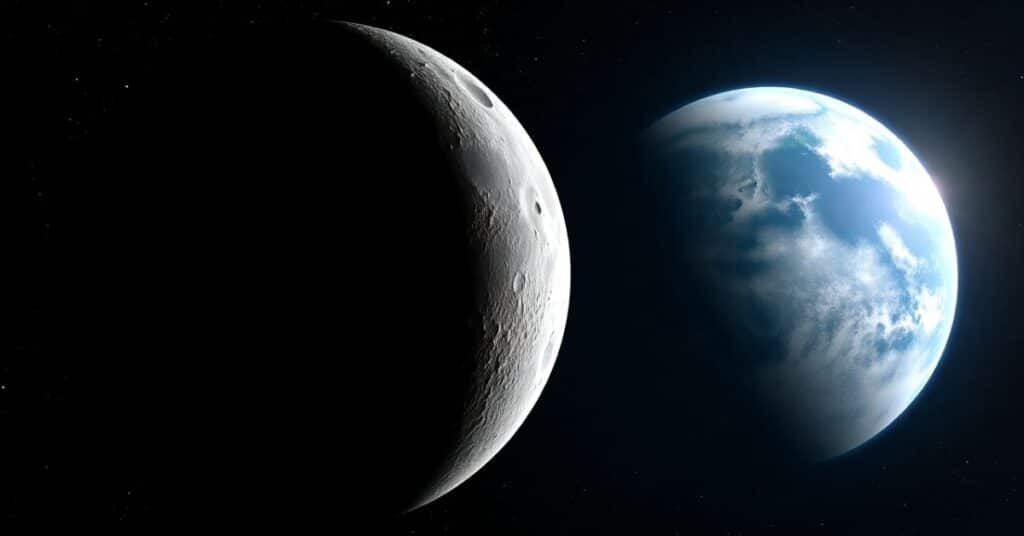
It completes its orbit around Earth in 27.3 days, which is known as a sidereal month. This period refers to the time it takes for the Moon to return to the same position relative to the stars.
However, because Earth is also moving along its orbit around the Sun, the Moon must travel a bit farther to reach the same phase in its cycle. This results in a longer cycle of 29.5 days, called the synodic month, which measures the time between one full moon and the next.
Key Facts:
- Sidereal Month: 27.3 days, the Moon’s full orbit around Earth relative to distant stars.
- Synodic Month: 29.5 days, the cycle of the Moon’s phases from new moon to new moon.
This difference between the two cycles explains why the lunar phases do not align exactly with the Moon’s orbit but instead follow a cycle based on the Earth-Moon-Sun configuration.
Want to explore furthur, Dead Sea Insights: Dimensions, History, and Surprising Facts
A Day on the Moon
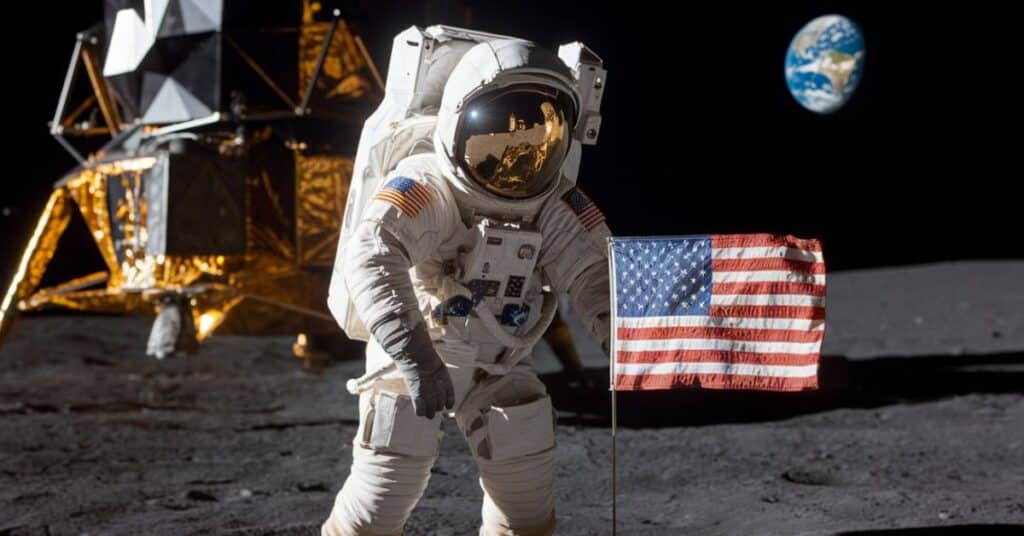
A lunar day, the period from one sunrise to the next, lasts 29.5 Earth days. This long day-night cycle means that the Moon experiences extended periods of daylight followed by extended nights, both contributing to extreme temperature swings.
- Daytime Temperatures: During the Moon’s day, temperatures can soar up to 127°C (260°F). This intense heat occurs because there is no atmosphere to diffuse the sunlight, allowing it to heat the surface directly.
- Nighttime Temperatures: Conversely, when the Moon enters its night phase, temperatures can plummet to -173°C (-280°F). Without an atmosphere to trap heat, the surface rapidly cools, leading to these frigid conditions.
This extreme temperature variation makes the lunar environment harsh and challenging for both exploration and habitation. The lack of atmosphere also means there is no weather system, no air to breathe, and no protection from radiation.
These factors make understanding the Moon’s day-night cycle essential for planning lunar missions and potential future habitation.
Is the Moon Moving Away?
Yes, it is gradually drifting from Earth due to the transfer of angular momentum caused by tidal forces. The current rate is 3.8 cm (1.5 inches) per year, as confirmed by the Lunar Laser Ranging Experiment.
What this means for the future:
- No More Total Solar Eclipses: As the Moon moves farther from Earth, its apparent size in the sky will decrease. Eventually, in a few hundred million years, it will be too small to cover the Sun completely, making total solar eclipses a thing of the past.
- Longer Earth Days: As Earth’s rotation slows due to tidal friction, days on Earth will gradually get longer. This process is very slow, but over millions of years, Earth’s days could become significantly longer, impacting timekeeping and natural cycles on our planet.
Fascinating Facts About the Moon’s Distance
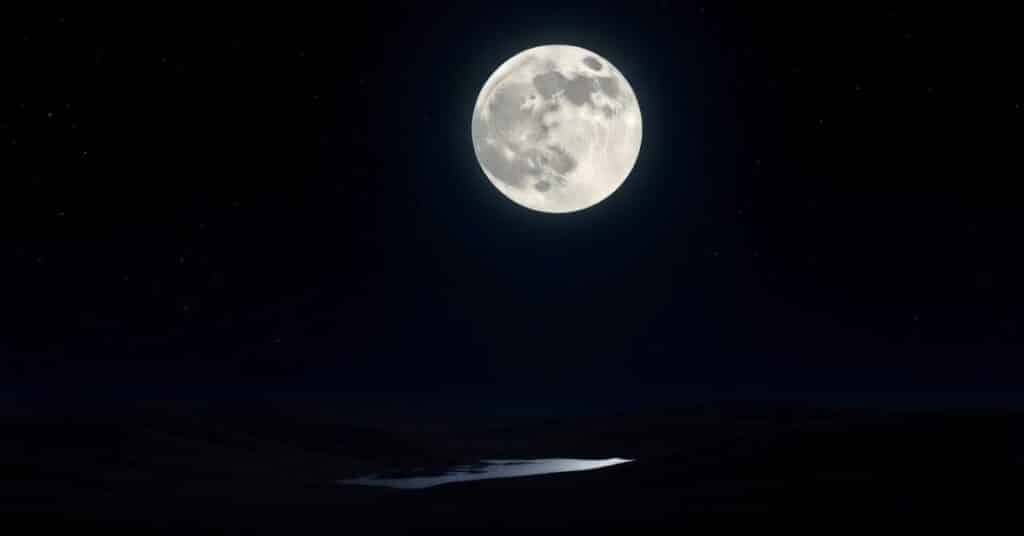
- Earth-Moon Barycenter: The center of mass for the Earth-Moon system is located about 1,700 km (1,056 miles) beneath Earth’s surface. This means Earth and the Moon orbit around this common point, despite Earth’s much larger mass.
- Perfect Solar Eclipses: The distance between the Earth and the Moon is just right for perfect solar eclipses, where it completely covers the Sun. This alignment creates total eclipses, a rare and stunning natural phenomenon.
- Apollo Lunar Samples: The Apollo missions returned 382 kg (842 lbs) of lunar material. These samples provide crucial insights into the Moon’s composition and history, enhancing our understanding of both the Moon and Earth.
Interested about, How Long is 999 Seconds? Practical Insights and Fun Facts
Conclusion
The distance between Earth and Moon serves a significant role in shaping many natural phenomena, from tides to eclipses. As the orbit of the moon shifts, so does its effect on earth making it a fascinating study.
Understanding how the distance of the Moon varies contributes to the appreciation the Moon evokes in the Earth-Moon system. Gravitational effects, solar eclipses, and all, remain among the most interesting phenomena of our celestial neighborhood: the Moon.
FAQs
1. What causes the Moon’s elliptical orbit?
The Moon’s elliptical orbit is influenced by gravitational interactions between Earth and the Moon, causing its distance to vary over time.
2. Can the Moon be seen at different sizes?
Yes, it appears larger during perigee (supermoon) and smaller during apogee (micromoon) due to its varying distance from Earth.
3. Does the Moon have an atmosphere?
No, it does not have an atmosphere, which leads to extreme temperature variations between day and night.
Moon Distance and Orbit Quiz
- What is the average distance between the Earth and the Moon?
a) 300,000 km
b) 384,400 km
c) 500,000 km - How long does it take the Moon to complete one full orbit around the Earth?
a) 27.3 days
b) 29.5 days
c) 30 days - What phenomenon occurs when the Moon is at its closest point to Earth?
a) Micromoon
b) Supermoon
c) Blue Moon - How much does the Moon drift away from Earth each year?
a) 1 cm
b) 3.8 cm
c) 10 cm - What is the Moon’s primary effect on Earth?
a) Causing earthquakes
b) Influencing tides
c) Affecting the climate
Answers:
- b) 384,400 km
- a) 27.3 days
- b) Supermoon
- b) 3.8 cm
- b) Influencing tides
Read more, How Long is 20 Feet? 11 Common Things That Are 20ft Long

